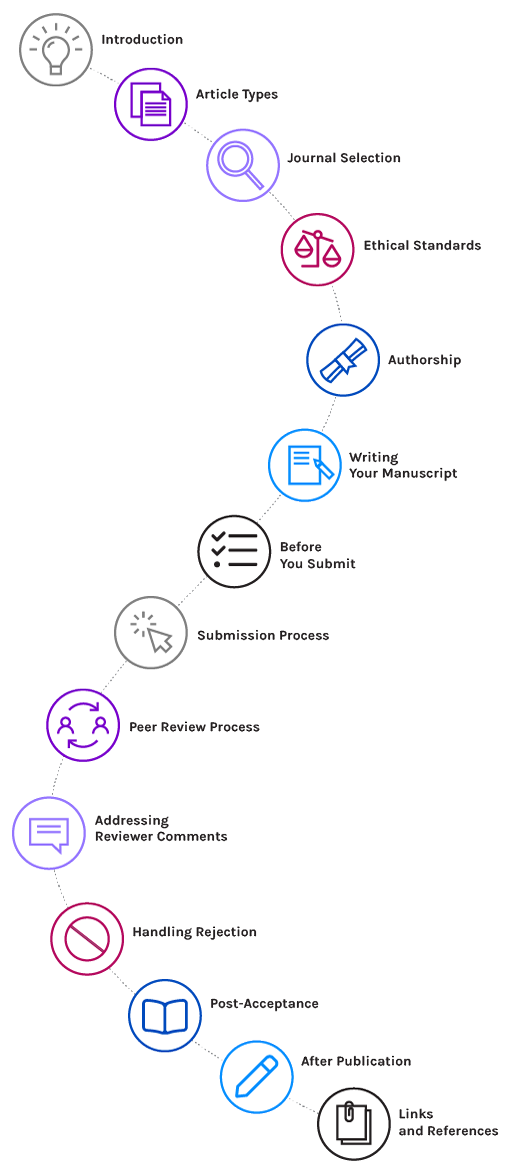
- Showing {{ searchAuthors.length }} results
- {{ author.title }}
| Submit Your Paper | |
| Comprehensive Publication Guide for Authors | |
| Manuscript Preparation Templates | |
| Submission Checklist (PDF) | |
| Open Access | |
|---|---|
|
Open Access Overview Open Access License Options Article Processing Charges Reuse and Attribution Article Deposit Policies |
|
| Publication Fees | |
|---|---|
|
Article Processing Fees Discounts and Waivers Refunds Other Fees (color, overlength, etc.) Institutional Open Access Agreements |
|
| Copyright and Licensing | |
|---|---|
|
Copyright Transfer Open Access License Options Reuse and Attribution Permissions and Reprints |
|
| Take your career to the next level! |

